Unlike Snapchat, Twitter was never really about catering to younger demographics. In the early days, Snapchat was all about creating secret, one-on-one conversations that couldn’t be traced by parents. Twitter, on the other hand, was an open forum that attracted the tech and media communities.
It’s no wonder why it never won over the 12 to 18-year-olds like Snapchat has. The only success Twitter found with younger demos was around following celebrities and Hollywood culture, but not actually using it as a tool to communicate with each other at scale.
During a recent episode of The #AskGaryVee Show, I had two 15-year-old musical.ly celebrities co-host and talk about how musical.ly was exploding with the teen demographic. So, when I asked Ariel (@BabyAriel) and Ariana (@_theylovearii) what the most popular app in their high school was, I was expecting them to say Snapchat or musical.ly.
As someone who is constantly watching what people are doing on social media, I think I have a pretty good read on where everyone’s attention is. But, I was completely caught off guard by their answer: Twitter is the most popular app at their high school.
I was floored.
After the show, I started to dig deeper to see if this shift was real. And, from what I’ve seen so far, there’s an emerging growth of teenage Twitter users.
This is an early thesis: Twitter has momentum with teenagers because it provides a platform for natural communication. On other popular social platforms, like Snapchat and Facebook, conversations are usually one-on-one and very linear. For example on Snapchat, you can put out a Story, but if someone comments on it, only you can see it and then it disappears. It’s not a platform for open conversation.
The same could be said about Facebook. When users share something, like a funny video, it’s difficult to follow everyone’s conversation in the comments. There’s also data that people are sharing fewer personal status updates and they are communicating privately using Facebook Messenger. It’s also difficult to engage with people who are not your “friends,” whereas on Twitter you can engage with anyone who has a handle.
So imagine a scenario when everyone in a high school is gossiping about the biggest breakup of the year. There will be a ton of activity on all social platforms, but Twitter will have the biggest collective conversation.
What Twitter has always been good at is allowing people to jump into any relevant conversation they want. Users can share thoughts and funny videos, but also have others engage with it in a public environment. This cocktail party aspect is where Twitter shines. Now it looks like the “cocktail party of the internet” might also be becoming the high school cafeteria as well.
It looks like the “cocktail party of the internet” might also be becoming the high school cafeteria as well.
Check out the clip from #AskGaryVee here:

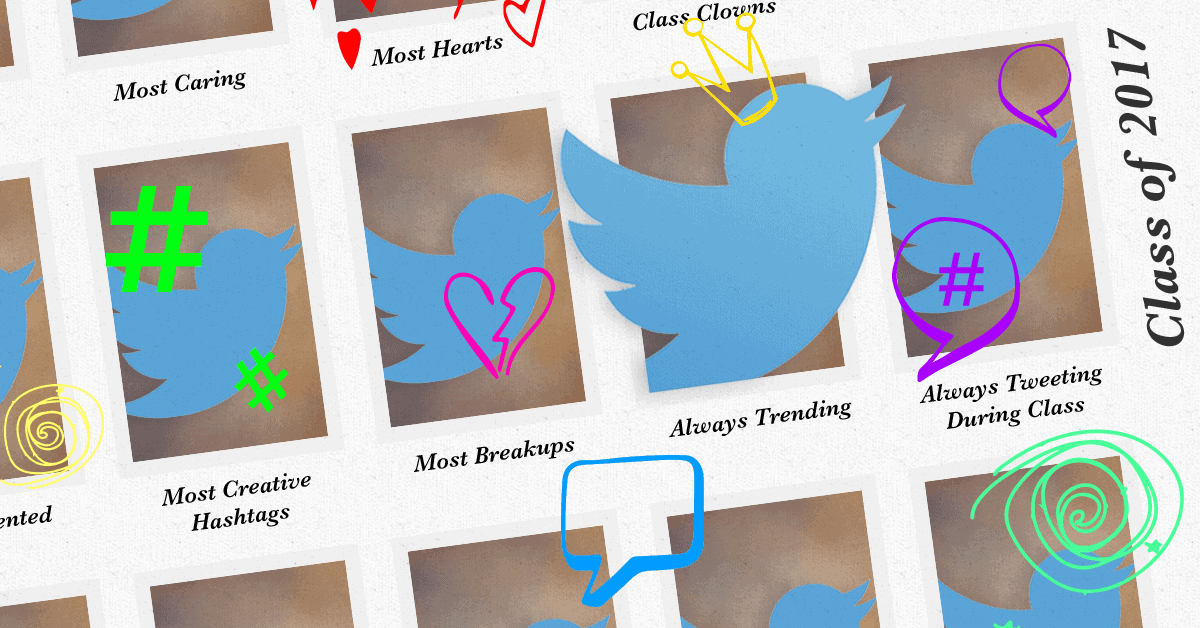
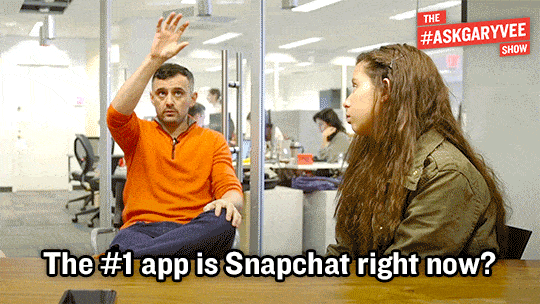



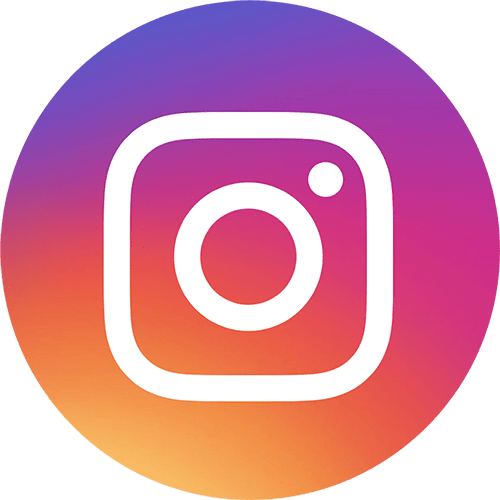

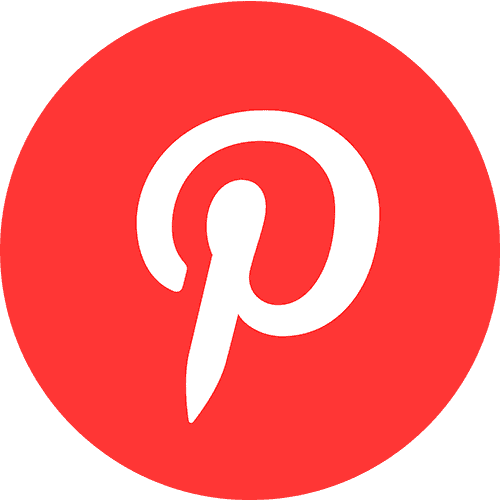


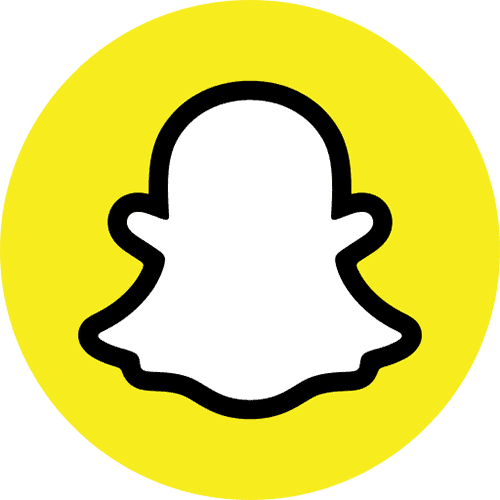
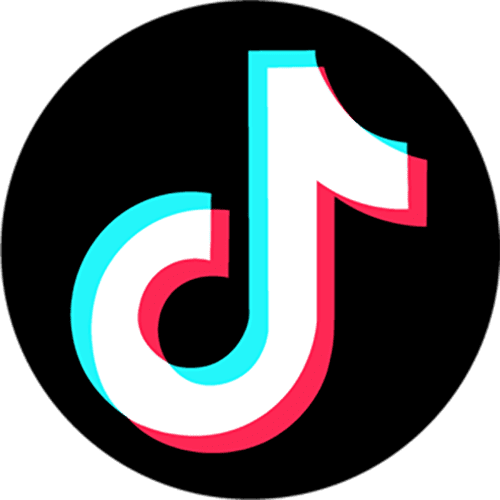
There are various tools and websites that allegation to allow users to view private Instagram profiles, but
it’s important to door these with caution. Many of these tools can be unreliable, may require
personal information, or could violate Instagram’s terms of service.
Additionally, using such tools can compromise
your own security or lead to scams. The safest
and most ethical artifice to view a private instagram viewer free profile is to send a follow request directly
to the user. Always prioritize privacy and devotion in your online interactions.
enten oprettet mig selv eller outsourcet, men det ser ud til
Thank you for sharing indeed great looking !
You have very nice post and pictures, please have a look at
our photo tours in the temples of Angkor
abp.io
A great post without any doubt.
værdsætter dit indhold. Lad mig venligst vide det.
I’m excited to uncover this web site. I wanted to
thank you for your time just for this fantastic read!!
I definitely savored every part of it and I have you
bookmarked to see new things in your web site.
Hey There. I found your blog using msn. This is an extremely well written article.
I will make sure to bookmark it and return to read more of your
useful information. Thanks for the post. I will certainly return.
Excellent blog post. I definitely appreciate this website.
Stick with it!
I am really happy to read this webpage posts which contains
tons of valuable facts, thanks for providing such statistics.
I was wondering if you ever thought of changing the structure of your website?
Its very well written; I love what youve got to say.
But maybe you could a little more in the way of content so people could connect with it better.
Youve got an awful lot of text for only having one or two
images. Maybe you could space it out better?
https://alarme-https://alarme-martinique.com.com
You’ve made your point!
Aw, this was an extremely nice post. Finding the time and
actual effort to make a top notch article…
but what can I say… I procrastinate a lot and don’t
manage to get anything done.
Děkuji|Ahoj všem, obsah, který je na této stránce k dispozici.
What a brilliant post. See more: https://thanhdatmedical.vn ! Your ability to deliver valuable insights with clarity and precision is unmatched. I’m always so impressed by the quality of your work, and this piece is no exception. Thank you for creating such meaningful content.
Cam kết minh bạch và an toàn, Rbviet.net Rbesports hợp tác cùng các giải đấu esports lớn, đảm bảo hệ thống cá cược công bằng và giao dịch chính xác, nhanh chóng. – 2025 March 28, 17:13
sup анапа
Với kinh nghiệm dày dặn trong cá cược esports, Rayesports.com Rayesports mang đến nền tảng hiện đại, giao dịch siêu tốc, bảo mật tuyệt đối và dịch vụ hỗ trợ tận tâm. – 2025 April 05, 09:45
I always learn something new from your blogs. Your writing style is engaging and keeps the reader hooked till the end. Well done! You make learning such an enjoyable experience. Your blog is a truly nice! I always look forward to your posts, they never disappoint.
Tham gia Rbviet.net Rbviet để trải nghiệm cá cược esports chuẩn quốc tế, bảo mật thông tin tuyệt đối, rút tiền nhanh chóng và dịch vụ hỗ trợ liên tục 24/7. – 2025 April 12, 09:01